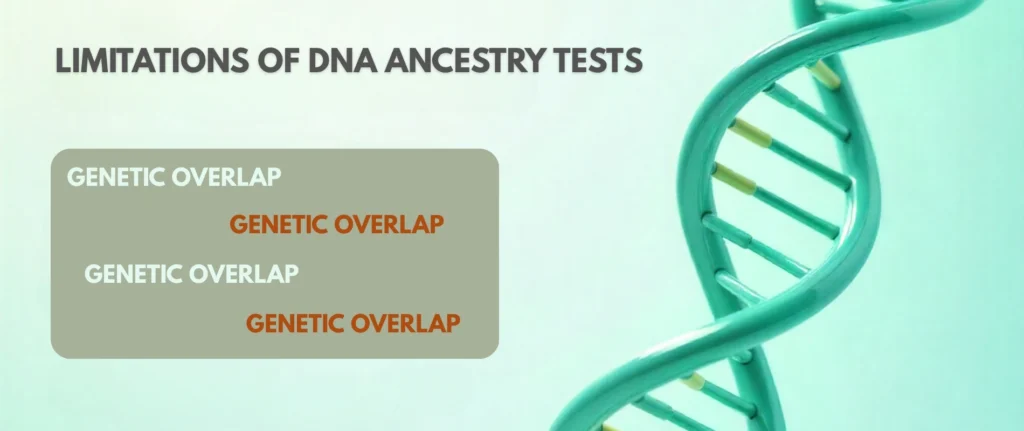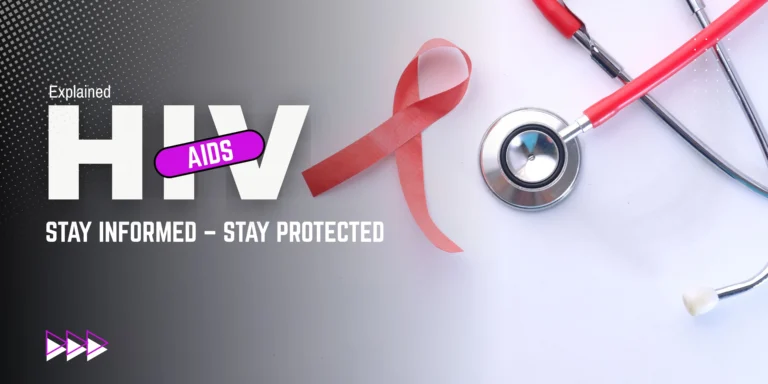Introduction: The Hype Around DNA Ancestry Tests
At-home DNA ancestry tests have exploded in popularity over the past decade. With just a small vial of saliva and a few weeks of waiting, companies like 23andMe or AncestryDNA promise to tell you where your ancestors came from, broken down into neat pie charts and percentages.
But what do those colorful charts actually mean? Are you really “52% Irish” or “2% African”? Or is the story behind DNA ancestry tests more complicated than marketing suggests?
How DNA Ancestry Tests Work
To understand your ancestry results, we first need to look at the basics of DNA.
- The human genome contains about 3 billion base pairs (the A, C, T, and G letters that make up your genetic code).
- Around 99.9% of DNA is identical across all humans, meaning only 0.1% makes us genetically unique.
- Within this small difference are SNPs (Single Nucleotide Polymorphisms)—tiny variations that may influence traits like height, eye color, or disease risk.
DNA ancestry companies don’t analyze all 3 billion base pairs. Instead, they test for hundreds of thousands of SNPs and compare them to reference populations in their database.
What Are Reference Populations?
Reference populations are groups of people whose DNA has been sampled and categorized based on geography or ethnicity. If your SNPs resemble those in a given reference group, the company assigns a percentage match.
For example:
- If your SNPs are most similar to individuals in Western Asia, you might see a result like “86% West Asian.”
- However, this doesn’t mean 86% of your DNA is West Asian—it only means 86% of the SNPs they tested resemble that population in their database.
The Limitations of DNA Ancestry Tests
While the marketing suggests precision, DNA ancestry tests have several important limitations:

1. Genetic Markers Overlap Across Populations
A SNP common in South Asia may also appear in East Asia or Latin America. This overlap means results are based on probabilities, not absolutes.
2. Different Companies, Different Results
Each company uses different databases and algorithms. That’s why the same person can receive slightly different ancestry breakdowns depending on the test provider.
3. Small Percentages Are Unreliable
Trace results like “2% Sub-Saharan African” or “1% Native American” should be taken with caution. These may reflect database quirks rather than true ancestry.
4. Confidence Levels Matter
Many companies show results at about 50% confidence by default. If you adjust the confidence slider to 90%, your results usually become broader and less specific (e.g., “Broadly West Asian” instead of “Iranian, Turkish, or Caucasus”).
What DNA Ancestry Tests Actually Tell You
The key takeaway: DNA ancestry tests do not reveal exact ancestry or where your ancestors “really came from.”
Instead, they provide a probability-based estimate of which modern populations your DNA most closely resembles today.
They cannot:
- Prove your race or ethnicity.
- Tell you precise ancestral migration routes.
- Predict cultural identity, traditions, or nationality.
The Risks of Misinterpretation
One of the biggest dangers of DNA ancestry tests is how people interpret the results.
- Reinforcing racial myths: Pie charts can make us believe that races are biologically distinct categories, when in reality, genetic diversity flows across borders.
- Misuse of results: Some groups misuse ancestry tests to claim “racial purity” or exclusivity, reinforcing outdated and harmful ideas about race.
- Privacy concerns: Millions of DNA samples are stored by private companies. These databases are increasingly valuable to law enforcement and other third parties, sometimes even if you’ve never personally taken a test.
The Benefits of DNA Ancestry Tests
Despite their limitations, these tests do have meaningful uses:
- Reuniting families: Many adoptees or individuals with unknown parentage have found biological relatives.
- Expanding family trees: People who know little about their ancestry can gain broad insights into possible regional roots.
- Medical research: Large DNA databases help researchers study disease risks and population health trends.
Should You Trust DNA Ancestry Tests?
DNA ancestry tests can be fascinating tools for exploring family history—but they should be taken with caution and context.
Think of them as educated guesses, not definitive answers. They tell you how your genetic markers compare to modern populations, not a fixed blueprint of your heritage.
So, before you buy a kilt because your results say you’re “52% Scottish,” remember: your DNA story is far more complex than a pie chart can ever capture.
Final Thoughts
DNA ancestry tests can be fun, informative, and even life-changing—but they are not absolute truth.
- What they give you: Probability-based estimates, potential connections, and general regional backgrounds.
- What they don’t give you: Precise ethnic identity, cultural heritage, or “proof” of race.
Always approach your results with curiosity, not certainty—and never let a percentage define who you are.
FAQ
Q1: Are DNA ancestry tests 100% accurate?
A: No. DNA ancestry tests provide probability-based estimates, not definitive results. Accuracy depends on the company’s database and reference populations.
Q2: Why do DNA ancestry results differ between companies?
A: Each company uses different reference databases and algorithms, so the same DNA can yield different ancestry percentages.
Q3: What does a small percentage like 2% African mean?
A: Trace percentages are often unreliable. They may reflect database quirks or overlapping genetic markers, not actual ancestry.
Q4: Can DNA ancestry tests determine my race or culture?
A: No. Race and culture are social constructs, not biological categories. DNA tests only show genetic similarities to modern populations.
Q5: Are my DNA results private?
A: Not always. Some companies share anonymized data with researchers or law enforcement. Always review privacy policies before testing.





















